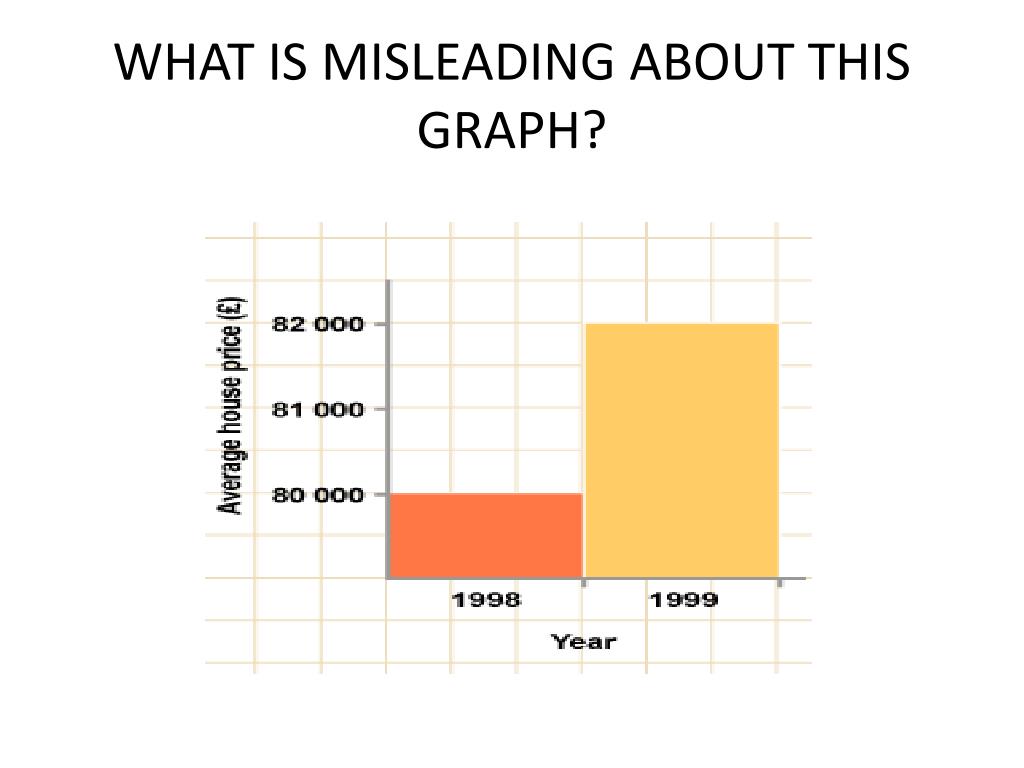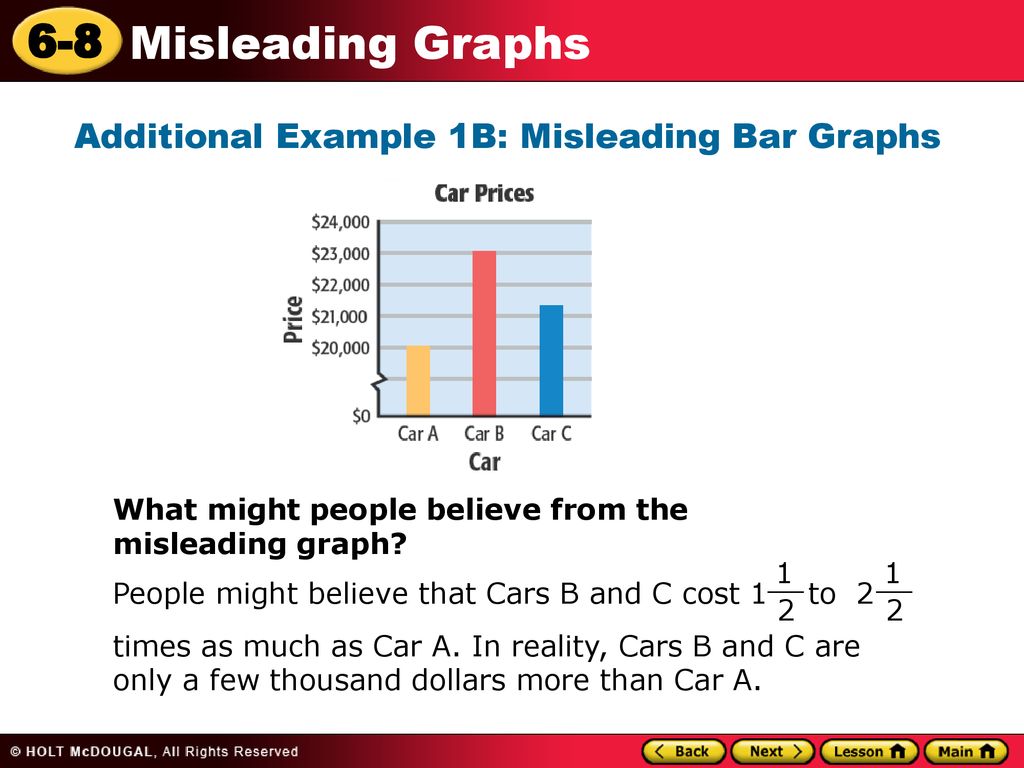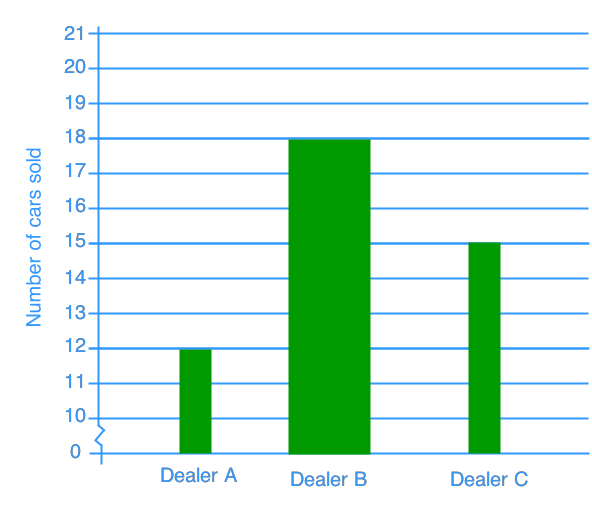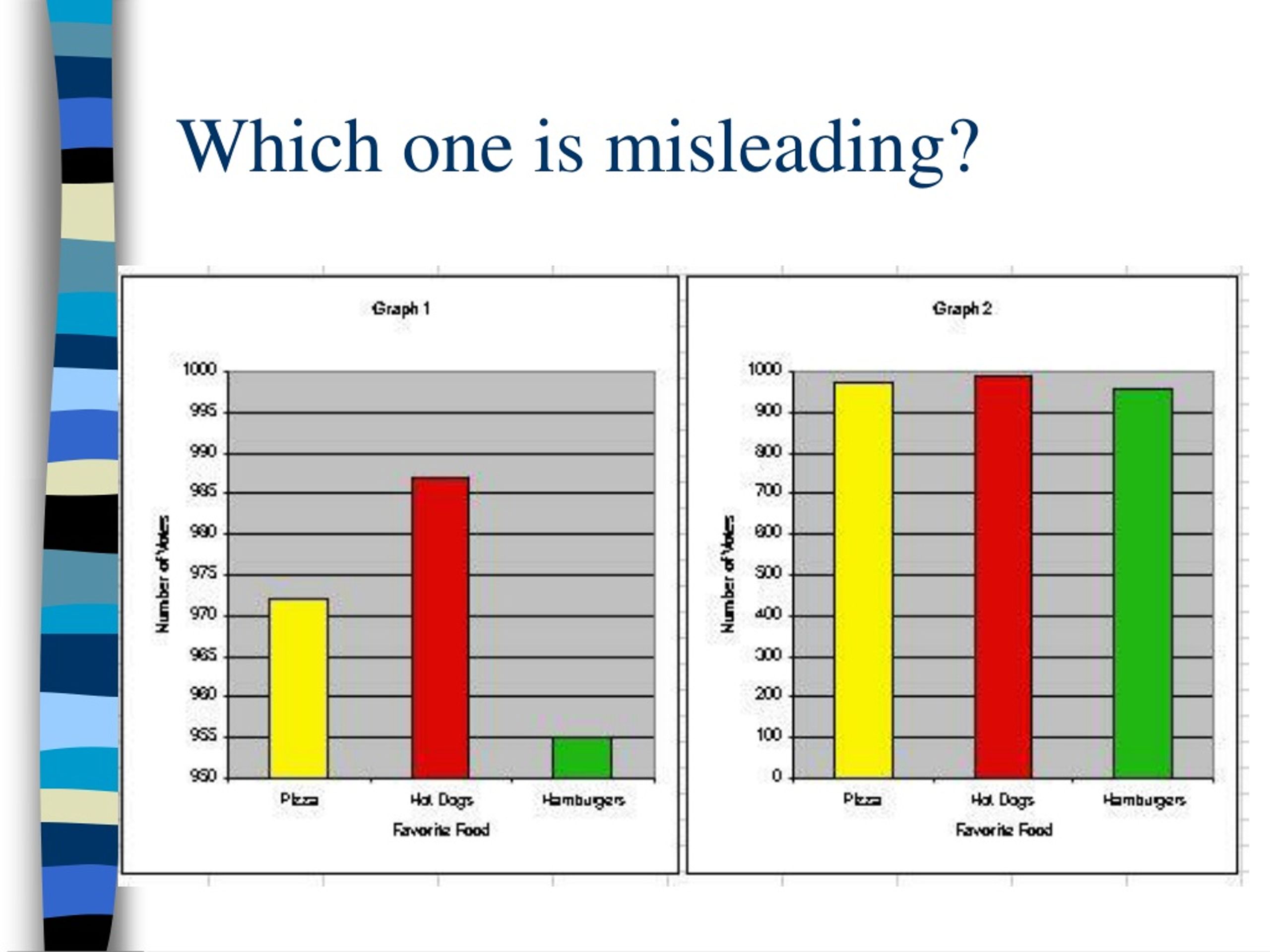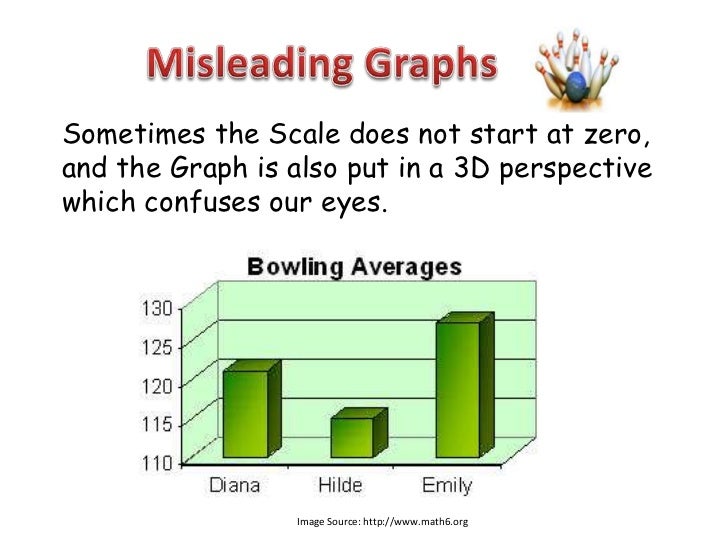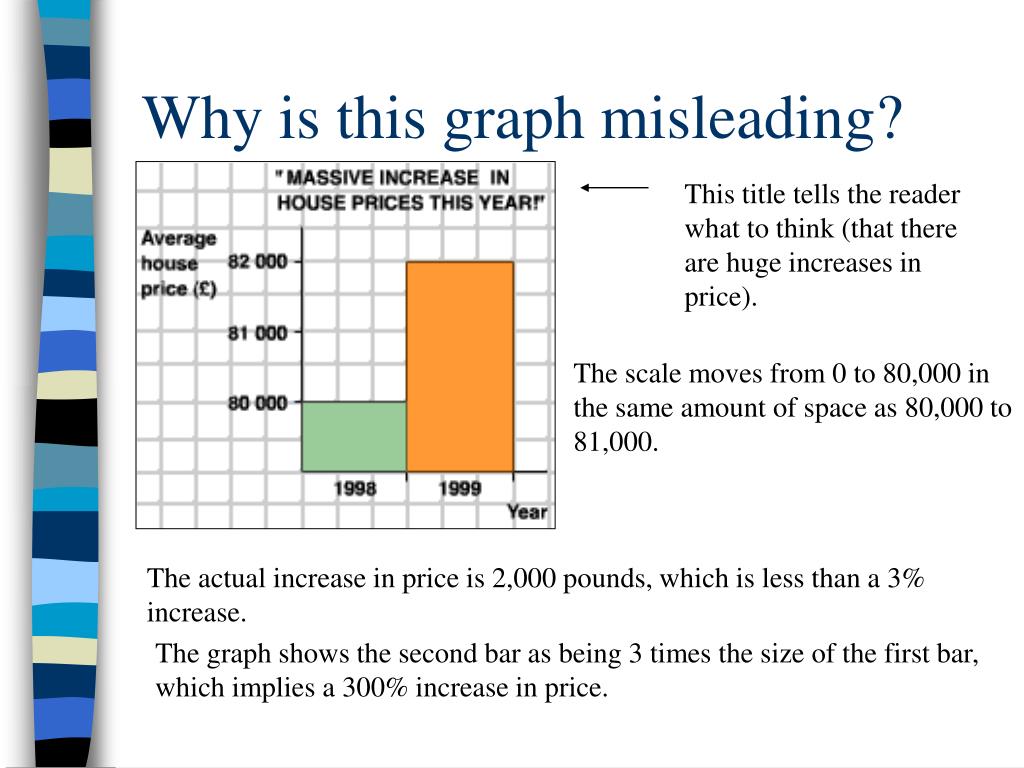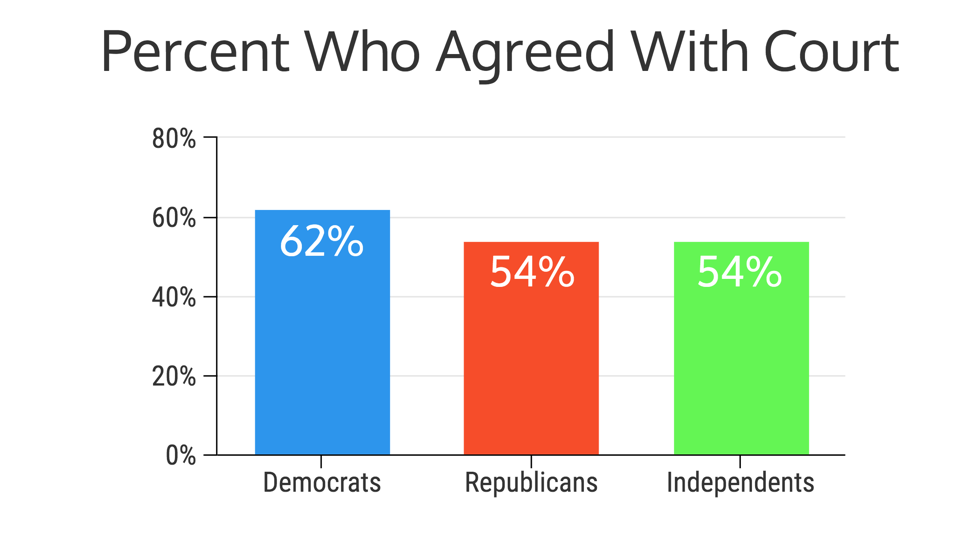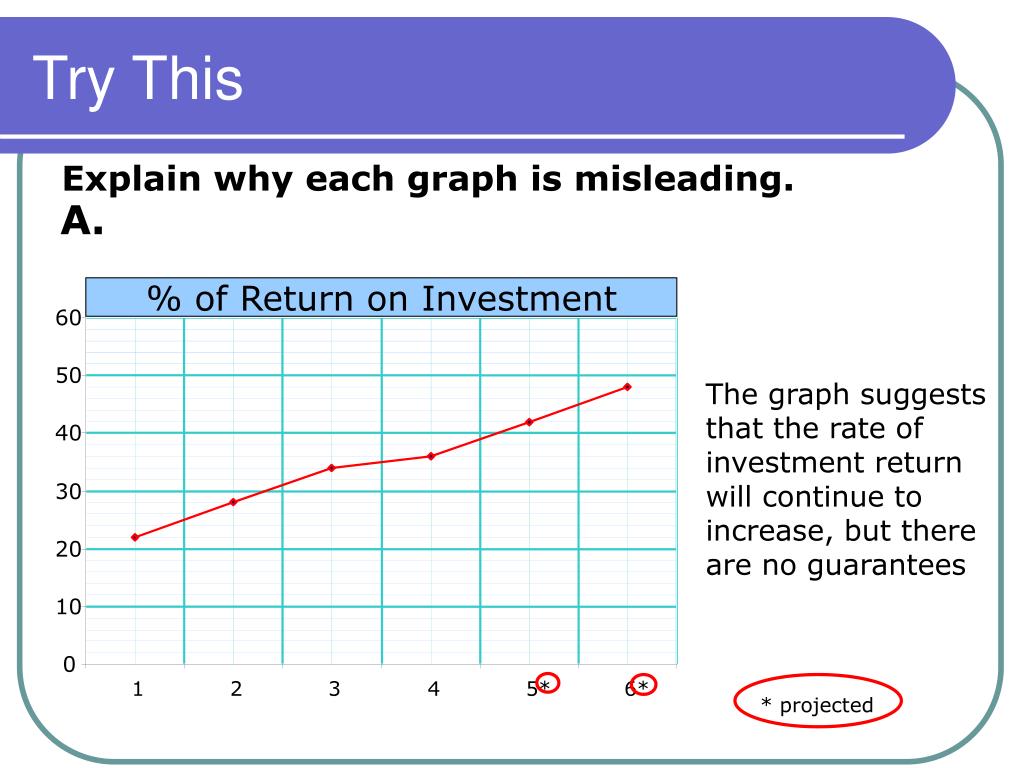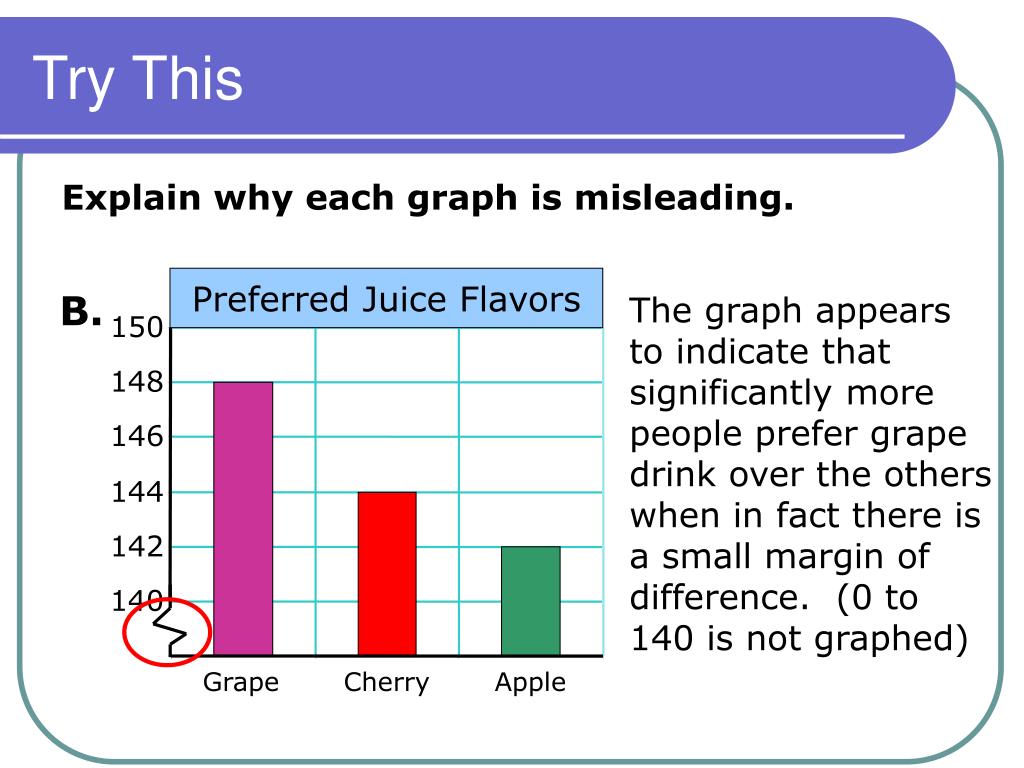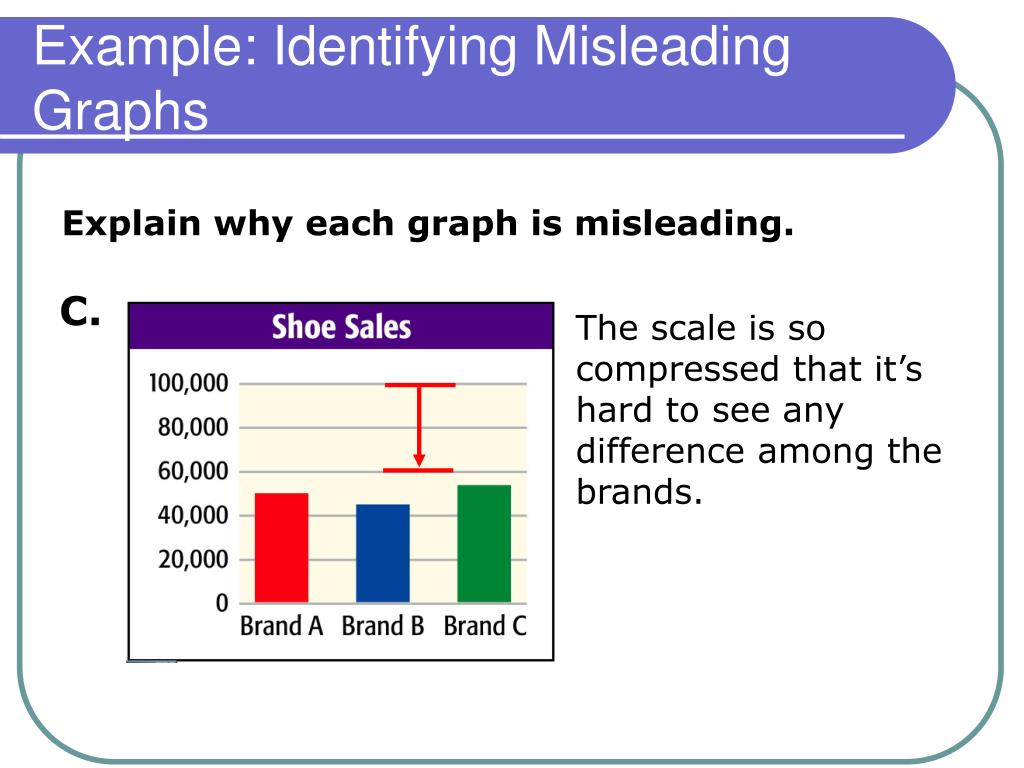Top Notch Tips About What Are 3 Things That Could Cause A Graph To Be Misleading Git Show Command Line

In statistics, a misleading graph, also known as a distorted graph, is a graph that misrepresents data, constituting a misuse of statistics and with the result that an incorrect conclusion may be derived from it.
What are 3 things that could cause a graph to be misleading. Have a look at this chevy ad from 1992: What is one thing that makes it a misleading graph? Look at the following graphs and work out how the writer has misinterpreted the graph, or how the graph has been presented in a misleading way.
The answer is three characteristics that are misleading are: Even when constructed to display the characteristics of their data accurately,. Graphs may be misleading by being excessively complex or poorly constructed.
One of the ways to use charts to manipulate data is to distort scales. The easiest way to create a misleading graph is not to label the x and y axes. When comparing large numbers with each.
Is this a misleading graph? Omitting baselines, or the axis of a graph, is one of the most common ways data is manipulated in graphs.
This video explains how graphs and charts can be misleading and some of the common mistakes. 3) misleading statistics examples in real life. Say, for example, we were looking at the annual population growth of.
Misleading graphs in real life: 4) how can statistics be. 1) what is a misleading statistic?
Misleading data from graphs. First, analyze the graph to determine what could be misleading about the data presented. Factors contributing to misleading statistics include selective bias, neglected sample size, faulty correlations, and causations, and the use of.
I came across the following. Misleading graphs are sometimes deliberately misleading and sometimes it’s just a case of people not understanding the data behind. However, poorly made graphs result from sloppy research, omitting important data points, tampering with axes, and poor graphing decisions.
Then write three statements describing what is misleading about the data in the graph.


